Scorching heat in the Philippines forces many schools to teach online
Tuesday, April 30, 2024 14:02 PM (GMT+7)
The Philippines is experiencing scorching heat with high heat index levels, forcing many schools to switch to online teaching.
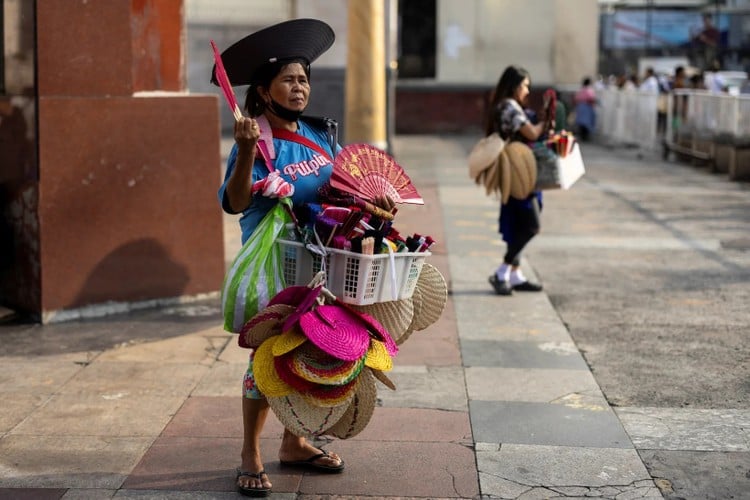
Concrete structures in Metro Manila are taking a heavy toll from the rising heat index, with some schools switching to online classes or canceling in-person classes altogether.

Authorities warn that the power grid on the Philippines' main island of Luzon could be overloaded by a heatwave that is also ravaging other parts of Southeast Asia.
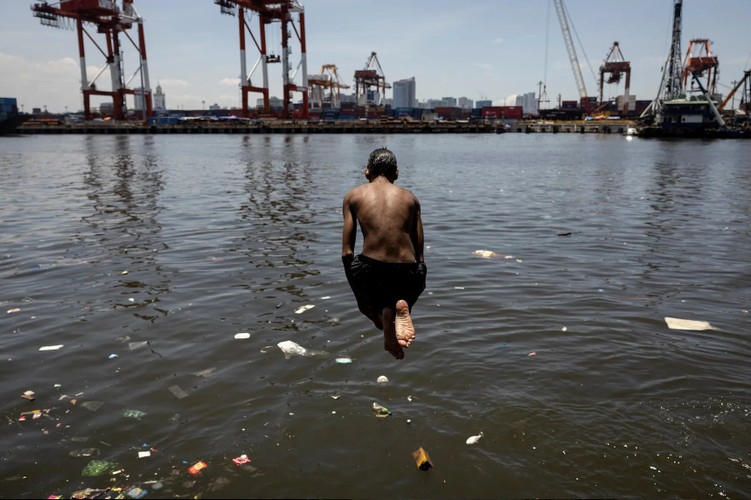
Forecasters say temperatures in the capital region could rise to 37 degrees Celsius over the next three days, with the heat index hovering at a record 45 degrees Celsius, posing a threat of heat stroke.
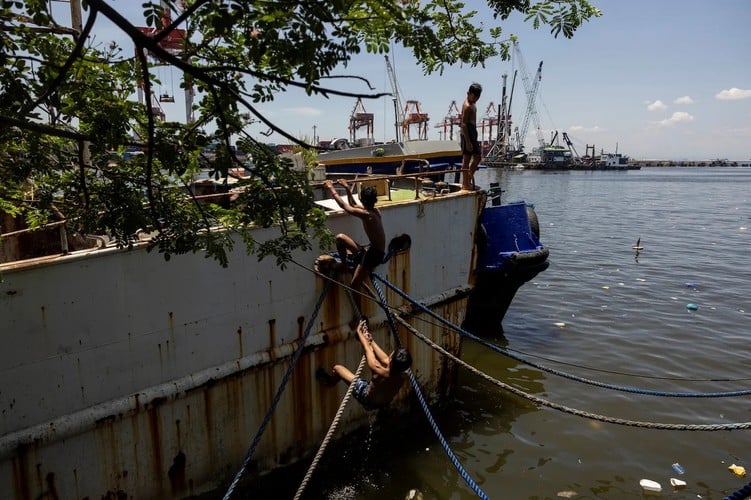
Weather forecaster Glaiza Escullar told DZBB radio that the heat index, which includes relative humidity, could remain at record levels until the second week of May.
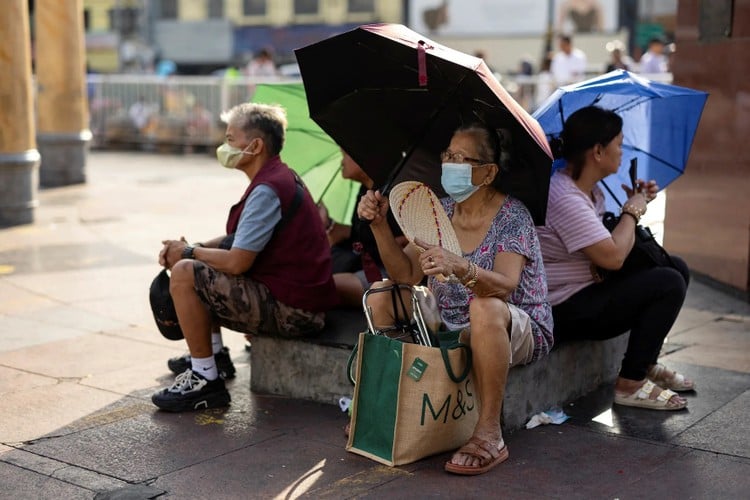
In the capital Metro Manila, temperatures could reach 38.3 degrees Celsius next month, equaling the record of 38.5 degrees Celsius in May 1987, senior official Marcelino Villafuerte said at a press conference on April 29.
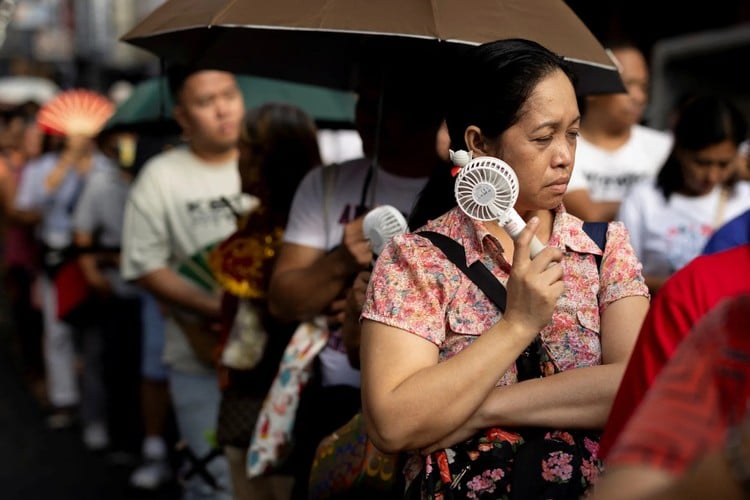
Authorities at Terminal 3 of Manila's main airport were forced to use fans to combat the sweltering heat after two of its six cooling towers stopped working the previous day.
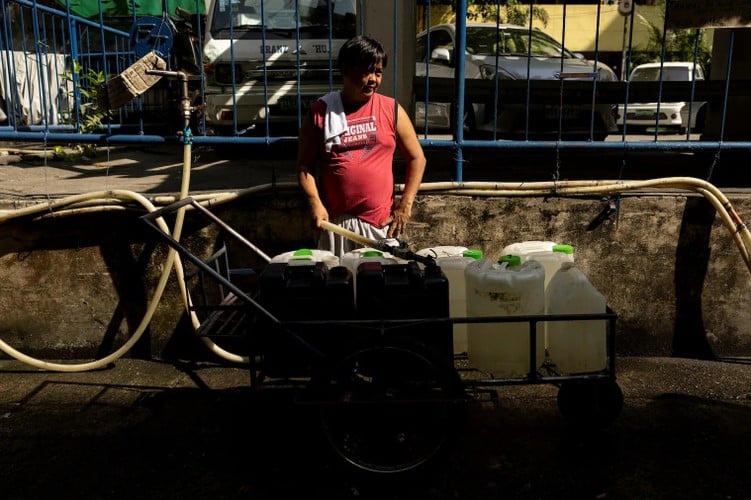
In neighboring Indonesia, hotter weather is blamed for a spike in mosquito-borne dengue fever cases to 35,000 last month from 15,000 a year earlier.
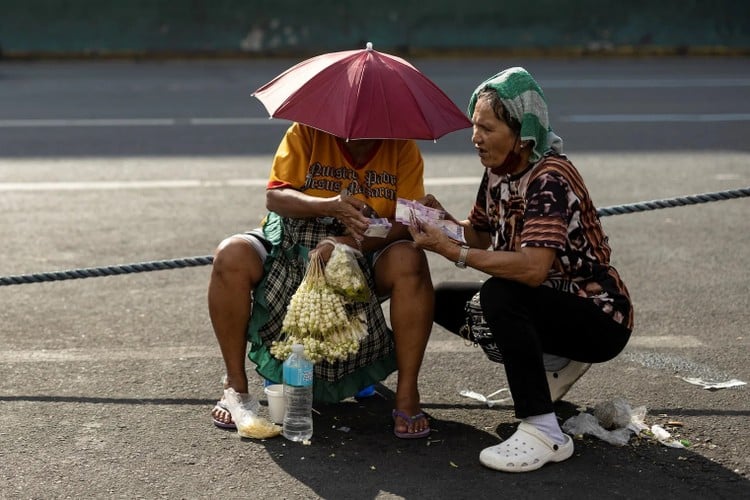
Indonesian Health Ministry spokeswoman Siti Nadia Tarmizi told state news agency Antara that the El Nino weather pattern had extended the dry season and hotter temperatures had accelerated the life cycle of mosquitoes.
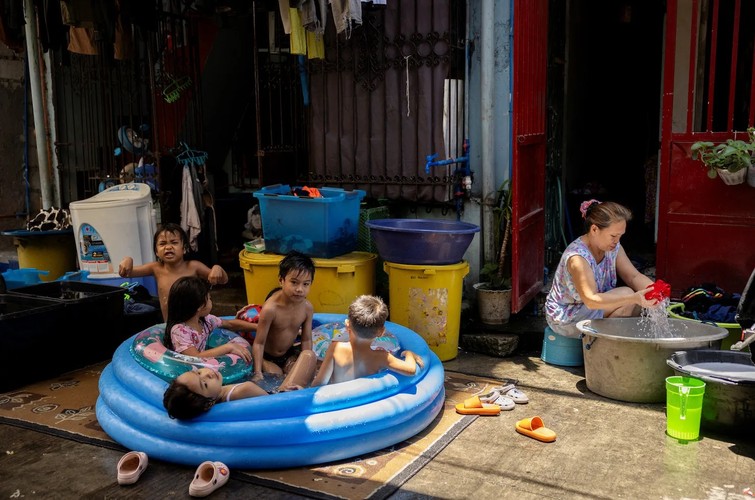
“We have received reports of high blood pressure, dizziness and fainting among students and teachers in the past few days,” an education official in the Philippines said.
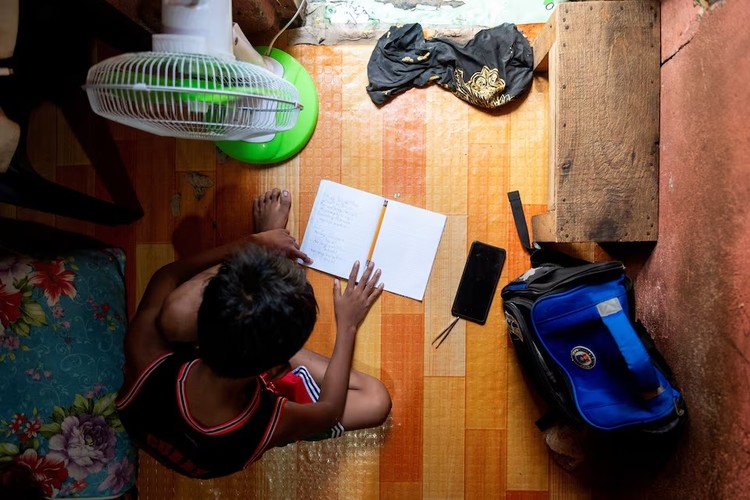
On April 28, the Philippine Department of Education asked public schools to switch to online learning because of the forecast of hot weather, classrooms may be crowded and few have air conditioning.
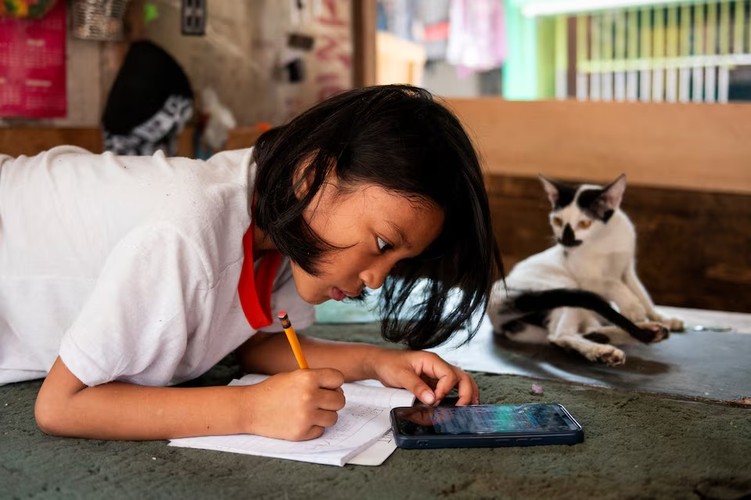
In addition to the more than 3.6 million students in the Philippines' public school system affected by a similar school closure order last week, some private schools and universities have also switched to online classes.

The heatwave in the Philippines is straining power supplies in Luzon, which accounts for three-quarters of economic output, after 13 power plants shut down this month, the grid operator said.
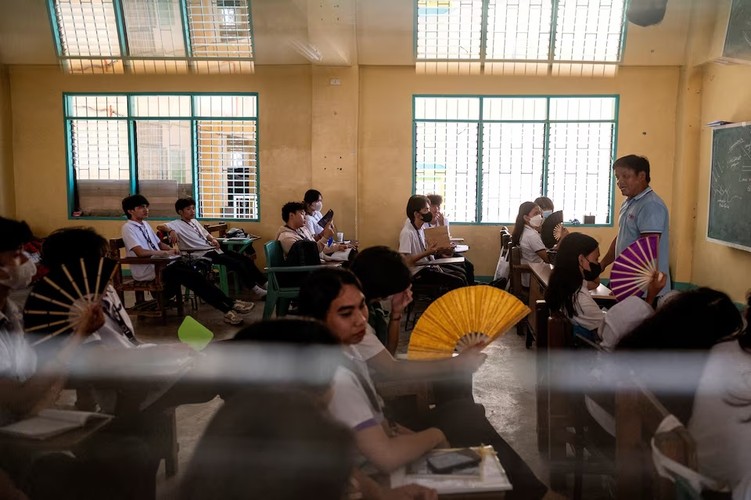
The heat has a big impact on the studies of Philippine students.
Thanh Nha (According to GDTĐ)
Source


![[Photo] Flooding on the right side of the gate, entrance to Hue Citadel](https://vphoto.vietnam.vn/thumb/1200x675/vietnam/resource/IMAGE/2025/10/28/1761660788143_ndo_br_gen-h-z7165069467254-74c71c36d0cb396744b678cec80552f0-2-jpg.webp)
![[Photo] National Assembly Chairman Tran Thanh Man received a delegation of the Social Democratic Party of Germany](https://vphoto.vietnam.vn/thumb/1200x675/vietnam/resource/IMAGE/2025/10/28/1761652150406_ndo_br_cover-3345-jpg.webp)

![[Photo] Prime Minister Pham Minh Chinh chaired a meeting to discuss solutions to overcome the consequences of floods in the central provinces.](https://vphoto.vietnam.vn/thumb/1200x675/vietnam/resource/IMAGE/2025/10/29/1761716305524_dsc-7735-jpg.webp)



















![[Photo] Draft documents of the 14th Party Congress reach people at the Commune Cultural Post Offices](https://vphoto.vietnam.vn/thumb/1200x675/vietnam/resource/IMAGE/2025/10/28/1761642182616_du-thao-tai-tinh-hung-yen-4070-5235-jpg.webp)



































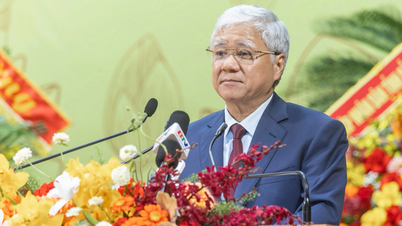
![[Infographic] Vietnam's socio-economic situation in 5 years 2021-2025: Impressive numbers](https://vphoto.vietnam.vn/thumb/402x226/vietnam/resource/IMAGE/2025/10/29/1761730747150_anh-man-hinh-2025-10-29-luc-16-38-55.png)


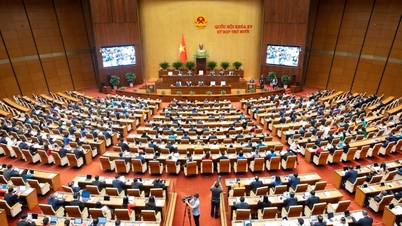



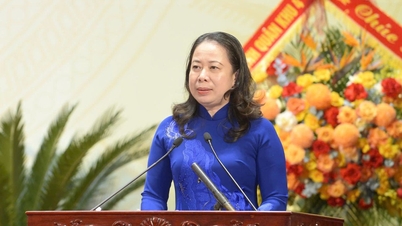

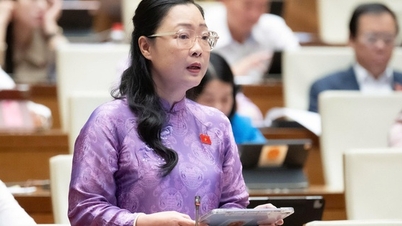











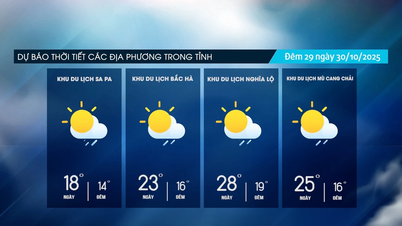




















Comment (0)